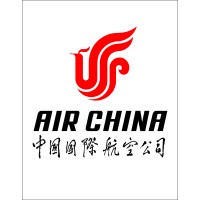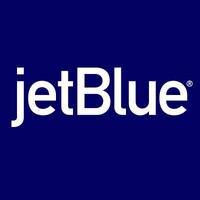
Air China
Air China is China’s only national flag carrier and a member carrier of the world’s largest airline network - Star Alliance. By Jun 2016, Air China had a fleet of 590 passenger aircraft and freighters of mainly Boeing and Airbus families (including those of the carriers which Air China has a majority stake in). It operates 377routes, including 98 international routes, 16 regional routes and 263 domestic routes. It serves 173 cities in 39 countries and regions, including 61 international cities, 4 regional cities and 108 domestic cities. Every week, Air China offers over 1.47 million seats on over 7700 flights per week. Utilizing its extensive route network and its hub in Beijing, especially after its admission to the Star Alliance, Air China can fly passengers to 1,330 airports in 192 countries. Air China’s customer service philosophy revolves around four elements: credibility, convenience, comfort, and choice. Hard work over the years has resulted in a tremendous increase in Air China’s brand value. In 2013, Air China ranked again as one of the world’s top 500 brands with a brand value of RMB 101.536 billion, and was the only Chinese carrier on the World Brands 500 list. For more, visit Air China’s official website www.airchina.com or call Air China’s hotline (0086)95583.






